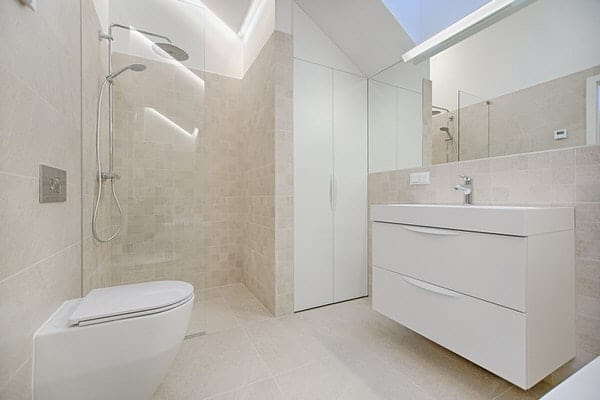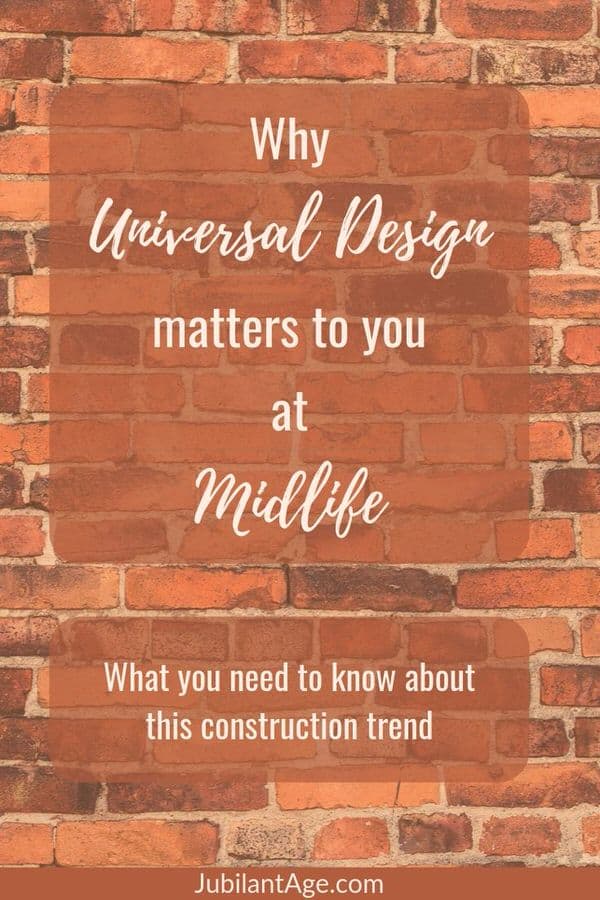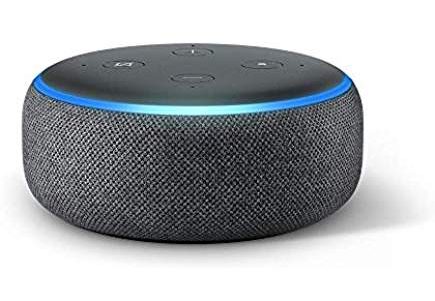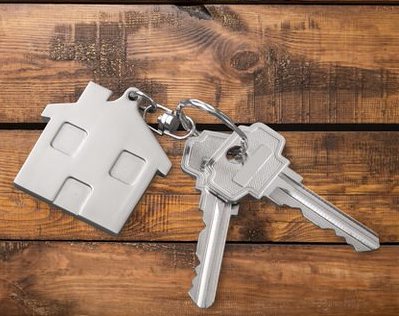Universal design in home building is a term people toss around a lot these days, but it’s also something people misunderstand. Many people think universal design is the same thing as handicap-accessible. Or that it only concerns things like grab bars and roll-in showers.
But universal design is much more comprehensive. And notably, it’s also much more inclusive. Here’s what you need to know about this building trend and why universal design matters to you at midlife.

What is universal design?
The National Association of Home Builders defines universal design (UD) as follows:
Universal design is the design of products and environments to be usable by all people, to the greatest extent possible, without the need for adaptation or specialized design.
National Associaton of Home Builders
UD is not the same thing as handicap-accessible or ADA-compatible. It’s a type of design that works for all people, young or old, short or tall, disabled or not, and so forth. It signifies a type of design that works for all types of users, without calling attention to people’s differences.
7 principles of universal design
Ron Mace and the Center for Universal Design at North Carolina State University are credited with developing 7 core principles of universal design. You can read about these principles in detail at NC State’s website, but here are the basics.
1. Equitable use
All people can use the feature identically, or at least in an equivalent fashion. No one is stigmatized as “different.” Everyone gets the same amount of privacy and safety. The design appeals to all users.
2. Flexibility in use
The design incorporates a wide range of individual preferences and abilities.
3. Simple and intuitive use
Use of the design feature is simple and intuitive, regardless of the person’s experience, knowledge or current concentration level. There’s no unnecessary complexity, and you don’t need specific language ability.
4. Perceptible information
The design itself communicates necessary information to the user, without regard for ambient conditions or a person’s sensory abilities. It uses different sensory modes (verbal, tactile, visual) to accommodate people’s abilities. Makes it easy to give instructions for use.
5. Tolerance for error
The design element minimizes the risk of accidental or unintended errors in how it’s used. It provides fail-safe measures.
6. Low physical effort
The design can be used efficiently and comfortably and with a minimum of fatigue. Repetitive actions are minimized. The user can maintain a neutral body position.
7. Size and space for approach and use
The design element provides appropriate size and space for approach, reach, manipulation, and use – regardless of user’s body size, posture, or mobility. It allows for variations in hand/grip size and whether one is seated or standing. The design allows enough space for assistive technology or personal help.

Examples of universal design
Universal design principles are easier to understand when you have some examples. Here are a few UD examples that illustrate why universal design matters.
- No-step entry via a ramp – or better yet, a gradual slope up to the home’s entrance
- Wide hallways and doorways
- Adjustable height closet rods
- Curbless shower, with multiple showerheads including a handheld sprayer
- Rocker light switches, lever door handles
- Touchless faucet
- OXO brand kitchen utensils
These examples show that universal design matters for all kinds of people. Children can put their clothes away if they have a lower rod in their closet (and you train them to do it!). Or if you’re carrying something bulky, it’s great to be able to open a door and turn on the light with your elbow.
Features like wide hallways and multiple showerheads are marks of a luxury home. And curbless showers with linear drains are a hot design trend.
Who doesn’t like OXO brand utensils? Sure, they work for people with arthritis or limited grip strength. But they look great and are functional for all kinds of people. I wouldn’t want to go back to my old-style can opener, that’s for sure.
Why universal design matters
Supply and demand
According to Harvard’s Joint Center for Housing Studies, 55% of US households are now headed by someone 50 or older. Aging Baby Boomers, of course, are driving this trend. And even though the population of people in their 50s and 60s will decline as Gen Xers move into this segment, increasing longevity will give the United States more people in their 70s, 80s and 90s than we’ve ever seen before.
As people grow older, their functional limitations tend to increase. The most common disability is difficulty climbing stairs or walking.
Mobility challenges affect an average of 11% of adults 50-64, compared to 43% of those 80 and older. Yet only 3.5 percent of US homes are “accessible.” Meaning they have single-floor living, a no-step entry, and extra-wide hallways and doors.
If you include electrical controls that can be reached from a wheelchair and lever-style faucets and doors on the list, the number of accessible homes drops to 0.9%.
There aren’t nearly enough senior living communities to accommodate our aging population. Besides, over 90% of us prefer to stay in our own homes for as long as possible. In short, demand for accessible housing will far outpace supply in the years to come.
Contemporary aesthetic
Numerous homeowners in their 50s and 60s (and older!) refuse to install grab bars, lever-style door handles or other simple modifications that will help them age in place.
- Many prefer not to contemplate a loss of mobility, etc. – even one that’s 10-20 years in the future
- People also believe that such changes will make their homes less marketable
But in fact, universal design has a contemporary aesthetic that appeals to buyers of all ages. A gently sloping approach to the front door isn’t only wheelchair-friendly. It also makes it easy to take a stroller in and out, wheel in a heavy box from the car, or zoom down from the front porch on a tricycle (if you’re a toddler, that is).
Other elements of universal design work the same way. In short, universal design matters because it looks nice and works well.

Inclusive space for a more diverse population
Our population is becoming more diverse, not only along racial and ethnic lines but also in terms of physical and mental abilities. More people are surviving disabling accidents now than ever before. Longevity is increasing. People with mental challenges of various types are “mainstreaming.”
Rather than offering “special” solutions to individual problems, universal design features spaces and products that work for everyone. Universal design matters because it accommodates people’s differences without drawing attention to them. As UD pioneer Ron Mace put it, “Universal design succeeds because it goes beyond specialization.”
Architectural wellness
A current trend in building design is wellness. Wellness architecture moves beyond sustainable design to focus on the health of the occupants. It appeals equally to Baby Boomers concerned about longevity and health-obsessed Millennials. Wellness architecture includes things like an awareness of materials, re-thinking rooms to include meditation spaces or spa-like areas, and incorporating nature into the design.
At the same time, leading industry publications like Architectural Digest have called for more UD homes. In recognition of the focus on wellness, the University of Buffalo’s Center for Inclusive Design and Environmental Access (IDEA) defined 8 “universal design goals” to feature alongside the “principles” outlined above:
- Body fit
- Comfort
- Awareness
- Understanding
- Wellness
- Social integration
- Personalization
- Cultural appropriateness

Capitalize on universal design trends
Even though universal design has been around for over 20 years, many of its concepts are just now becoming more widely known. But UD acceptance is picking up steam. Baby Boomers are aging, but many of us prefer not to acknowledge that fact! We certainly don’t want to consider the possibility of functional decline in our future.
Against this backdrop, universal design offers a great option for your “forever home.” A UD home can accommodate potential future physical or cognitive limitations without drawing attention to them now – or later.
You can capitalize on trends toward like universal design and architectural wellness by investing in them at midlife. And you’ll also get enjoy a more contemporary and comfortable feel to your home.
Universal design matters to you now as well as in the future. It holds the promise of enhancing your enjoyment of your home for years to come.

Images via: Shutterstock, Pexels, Canva



